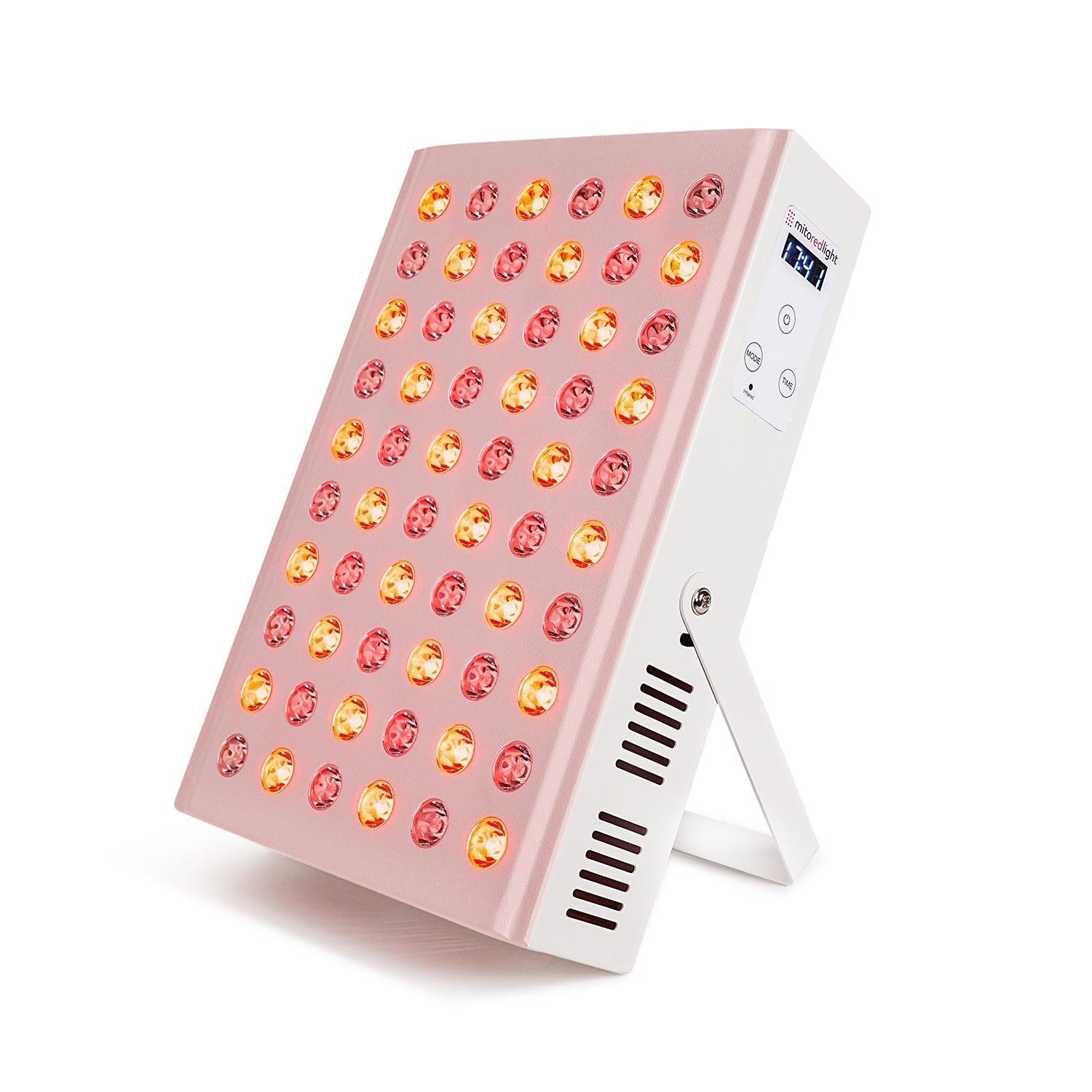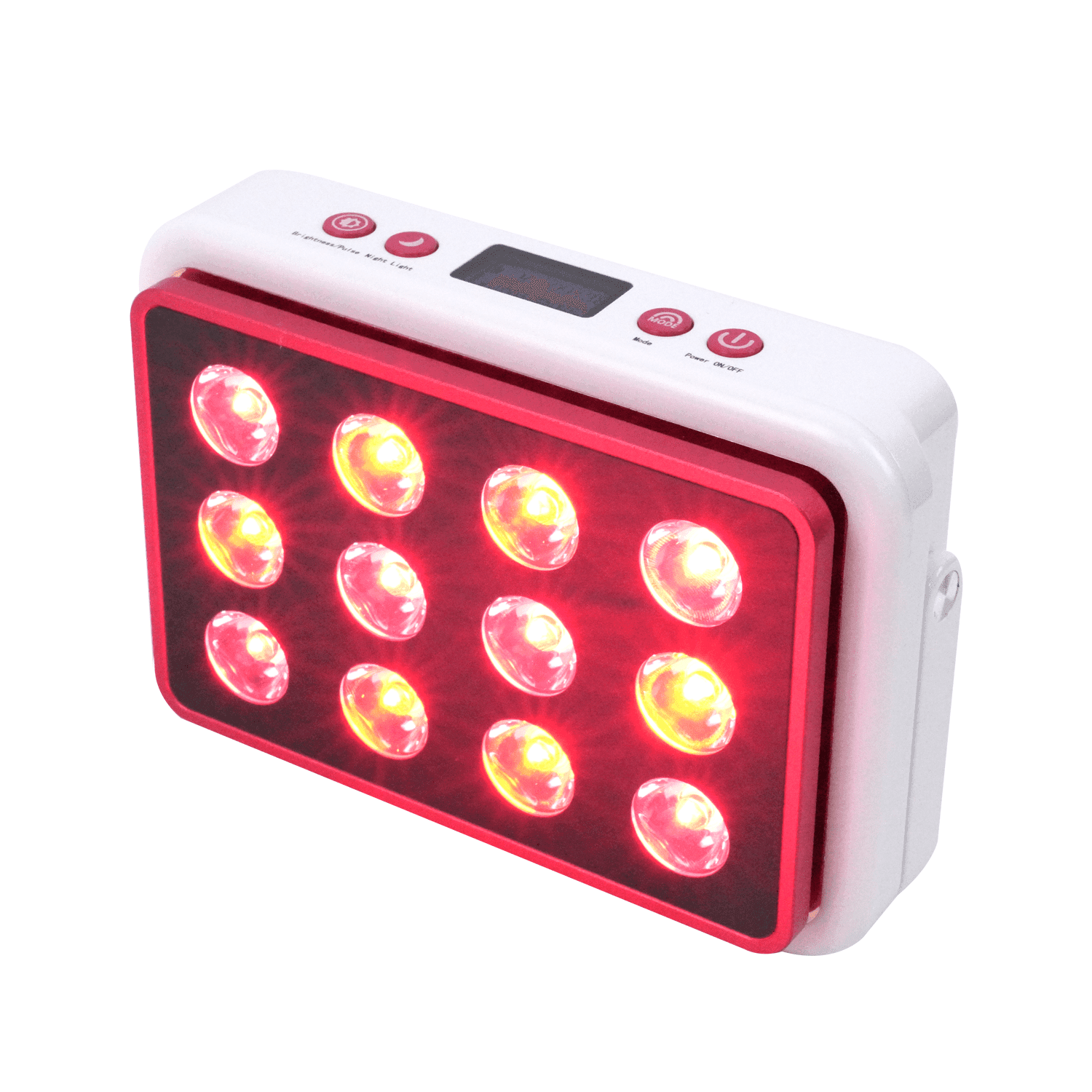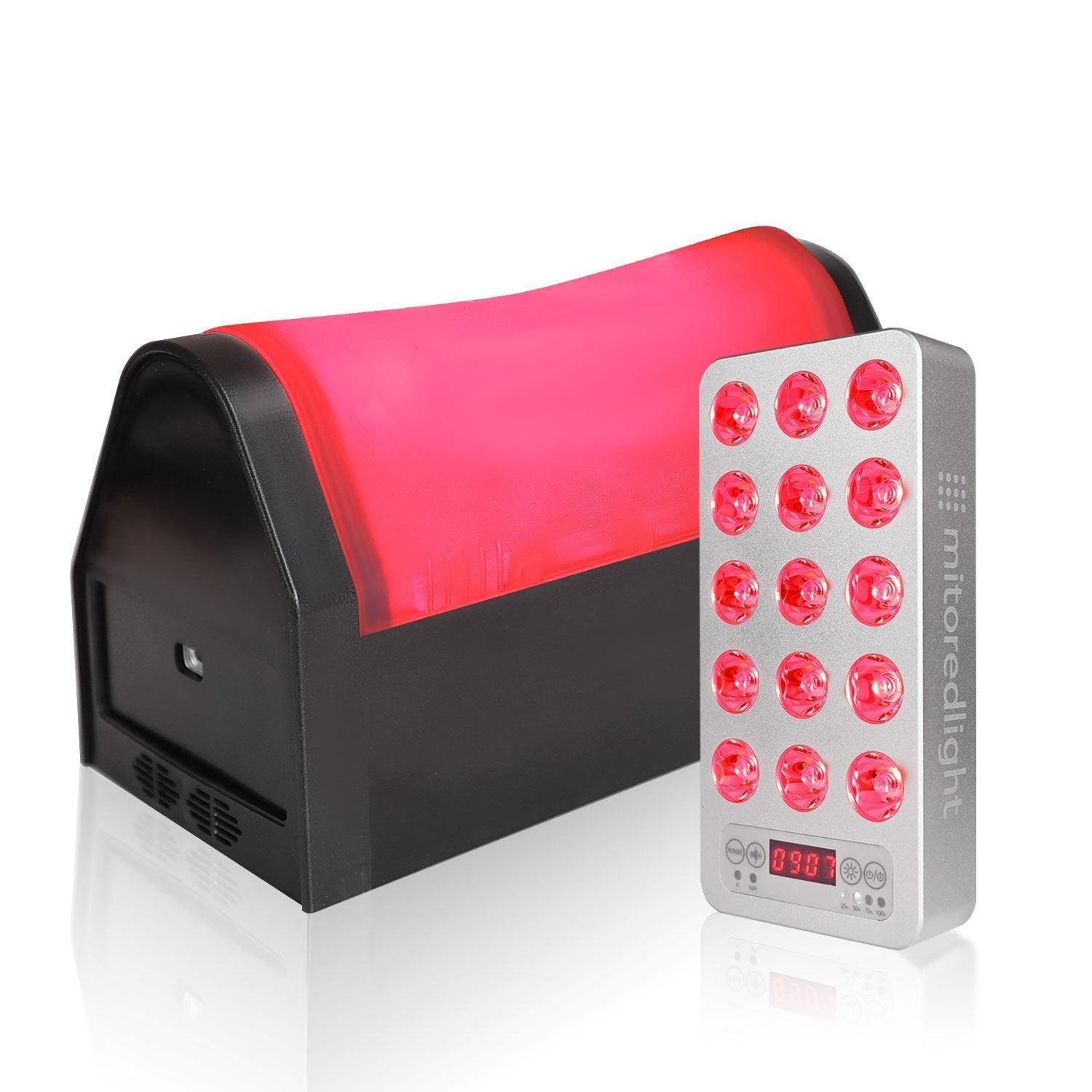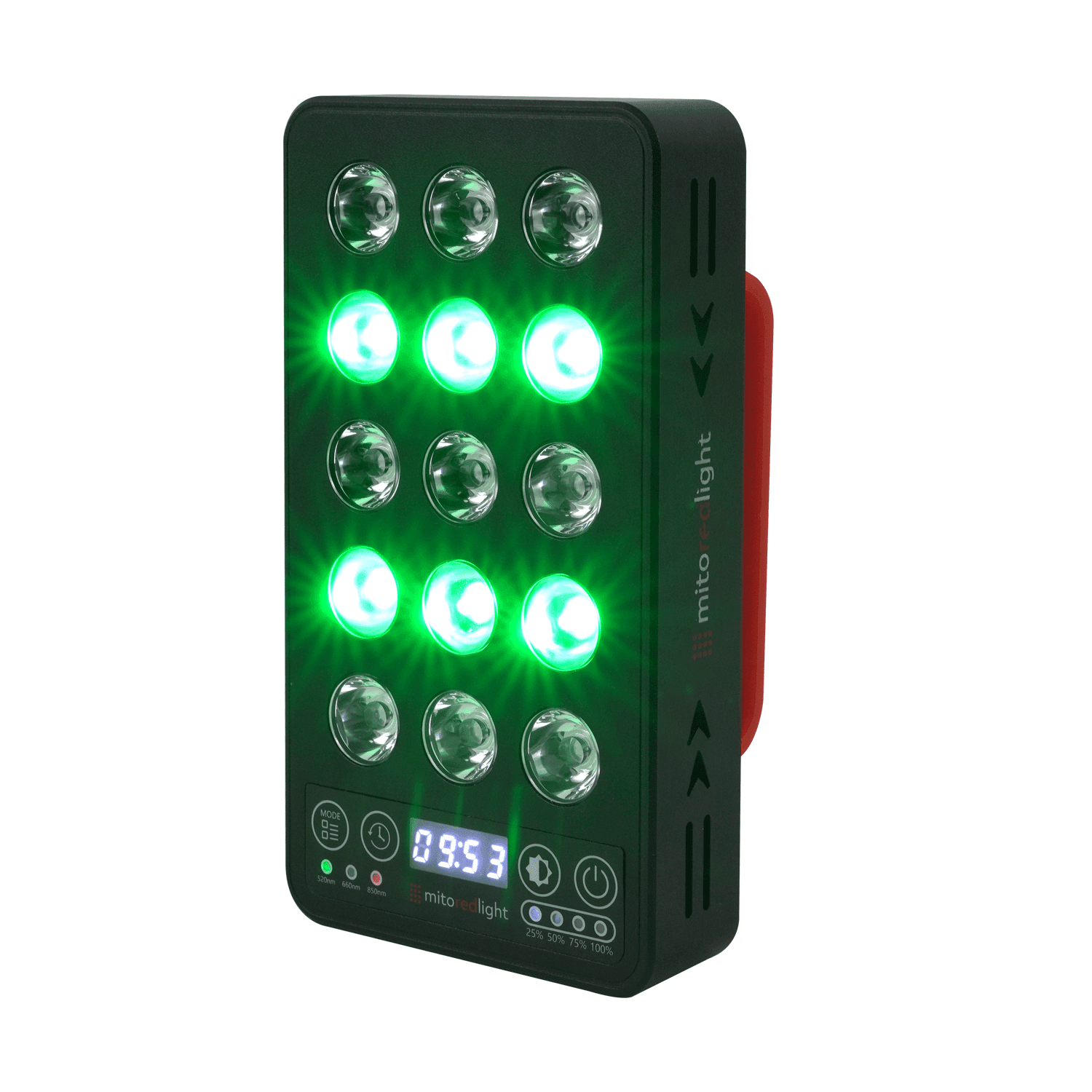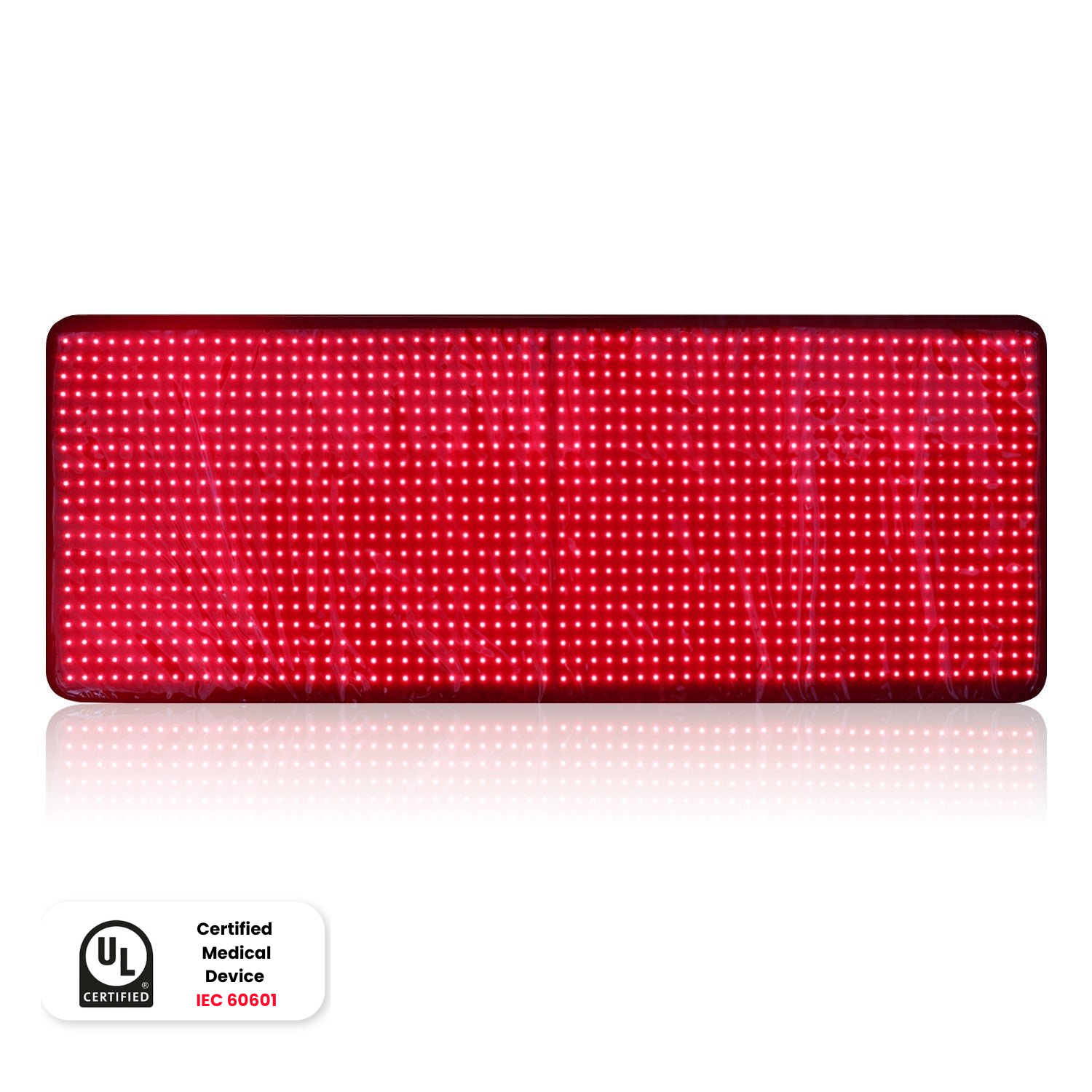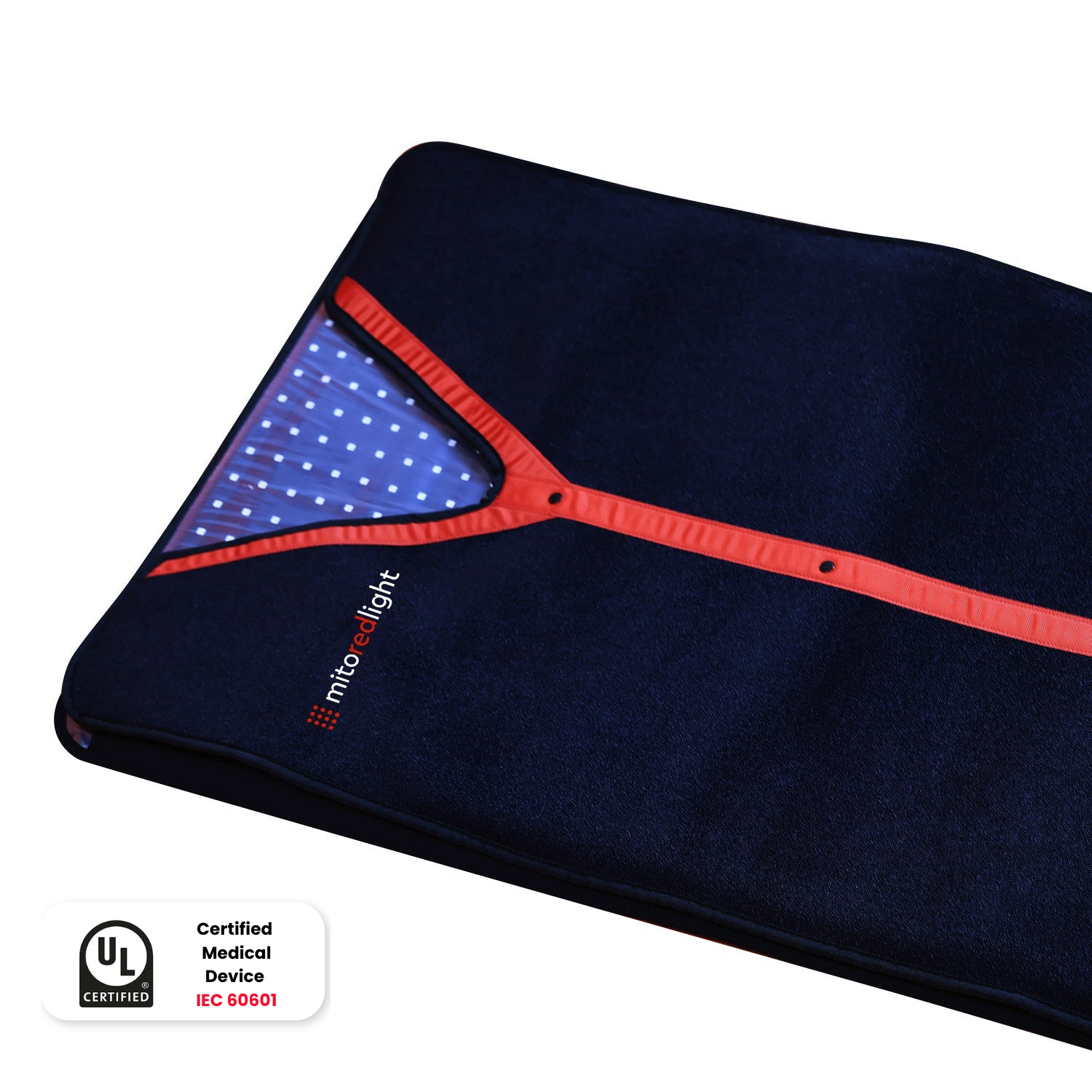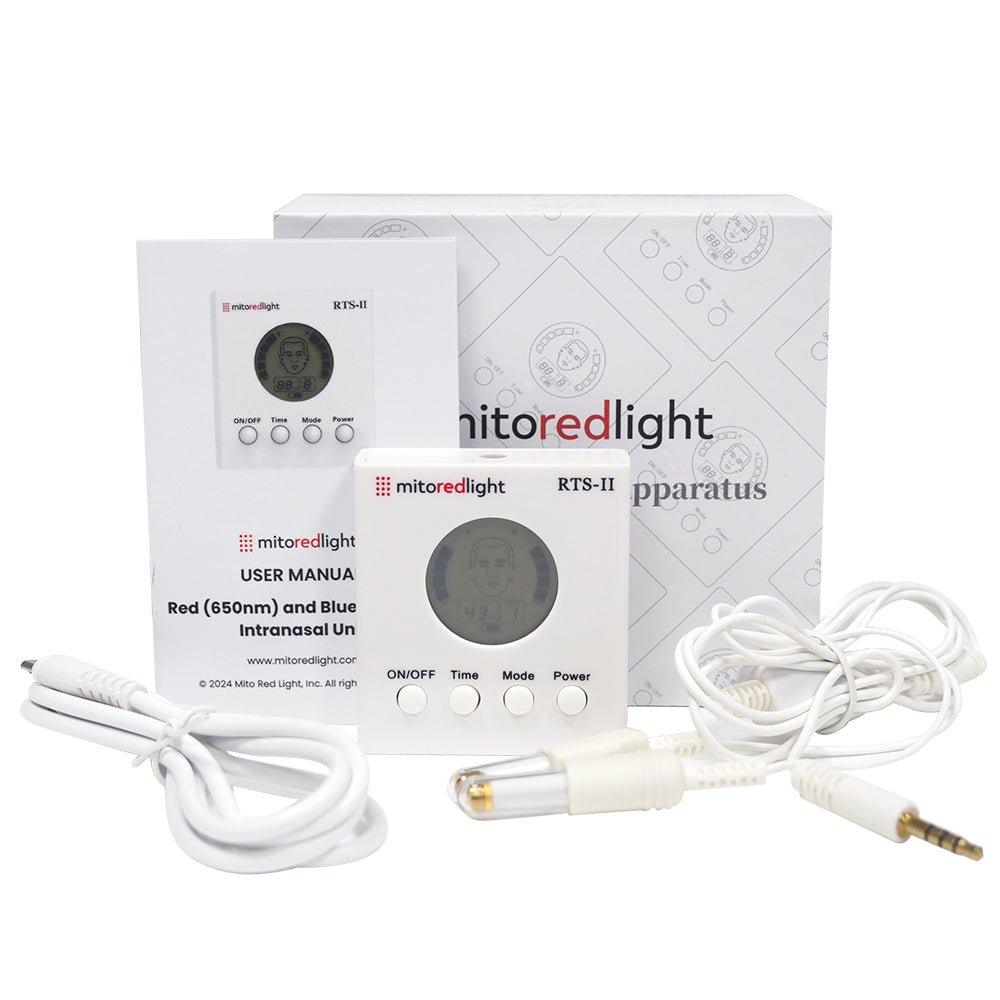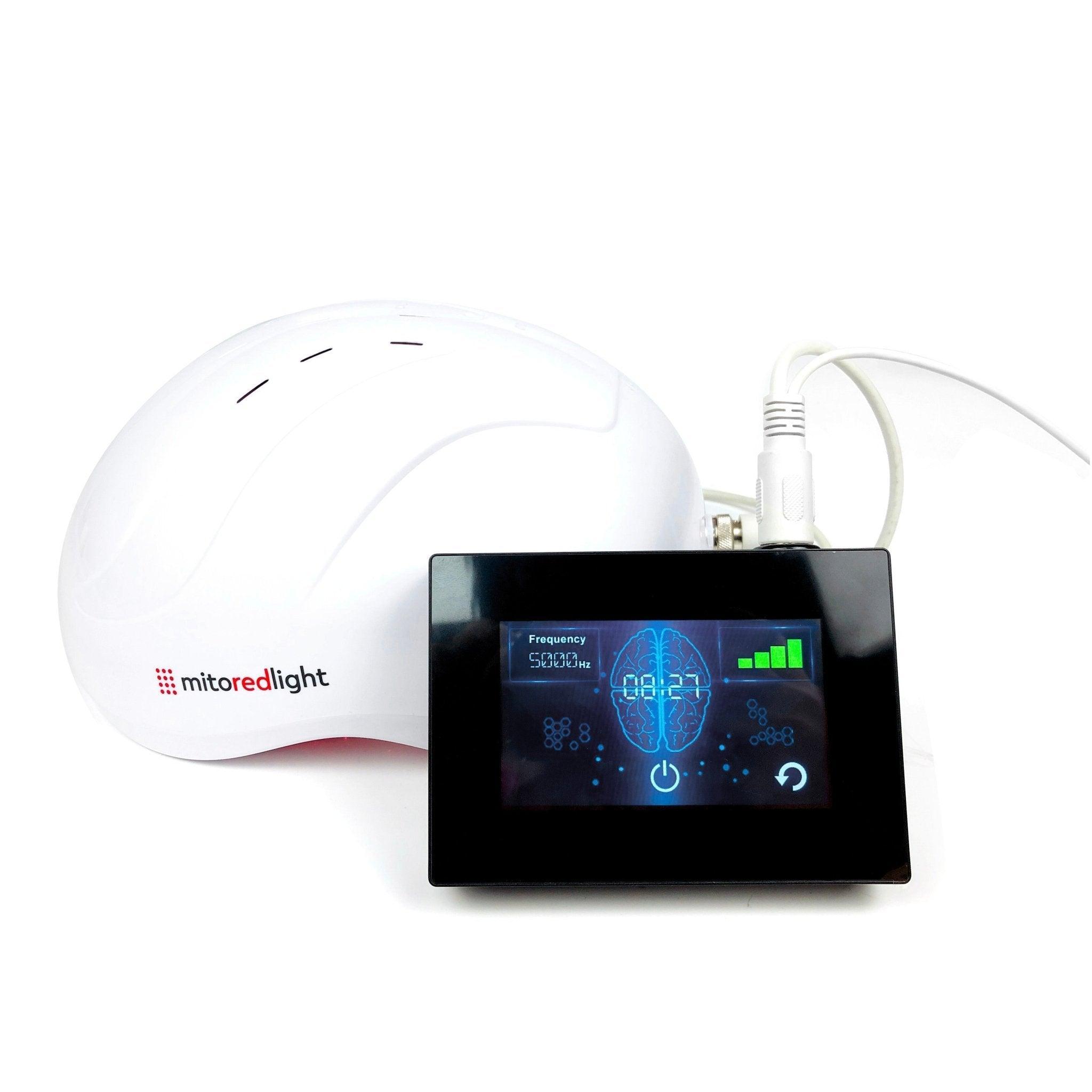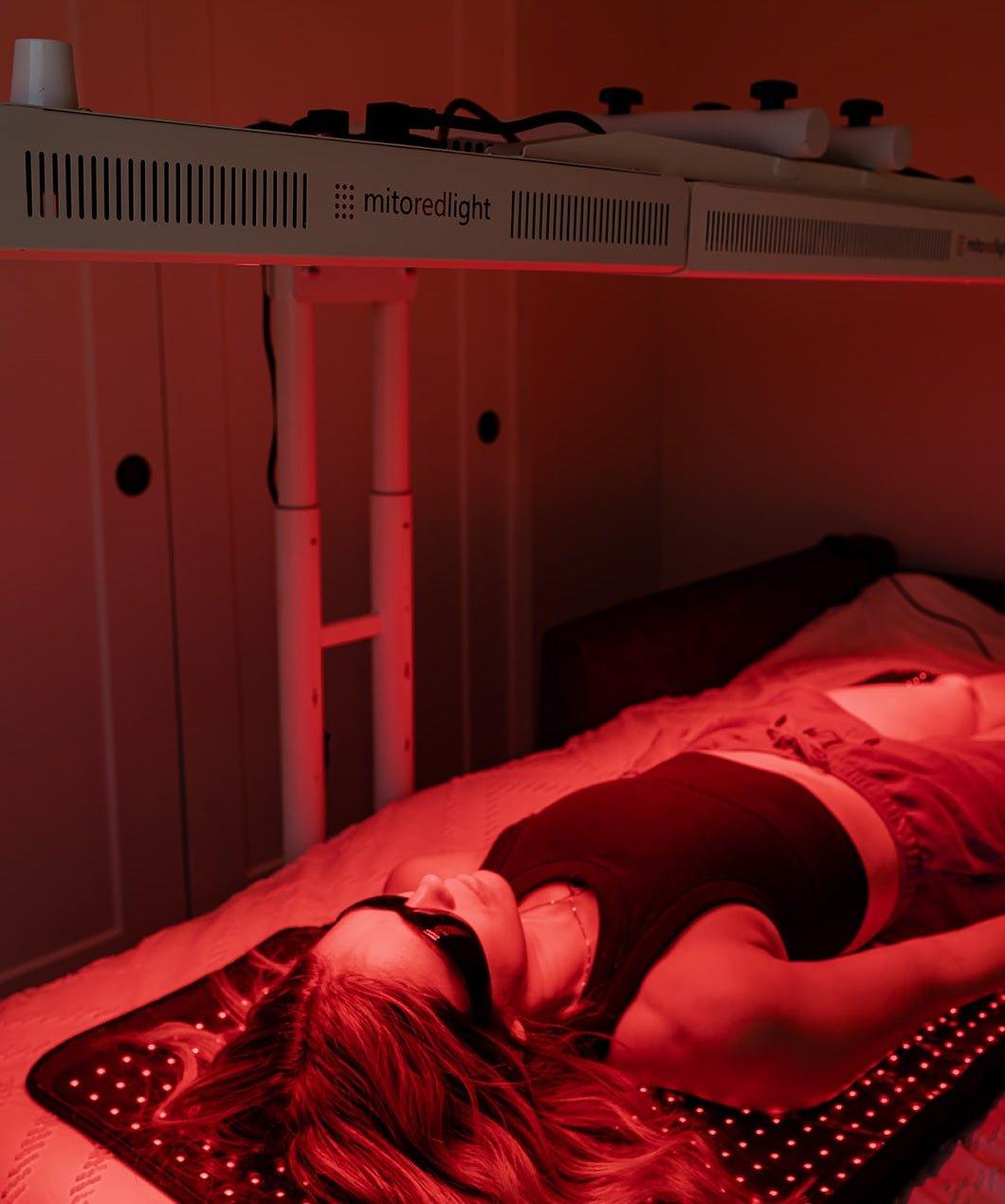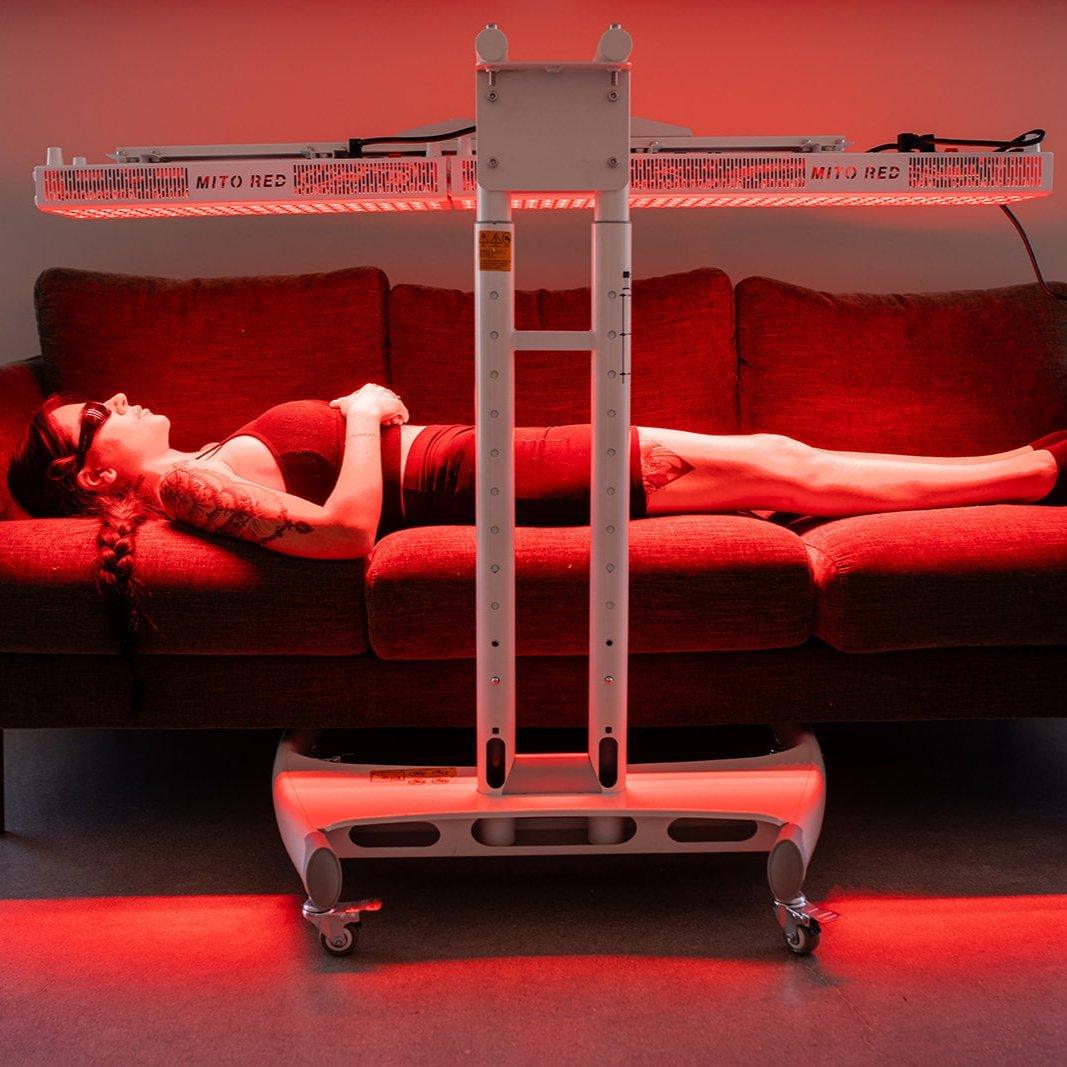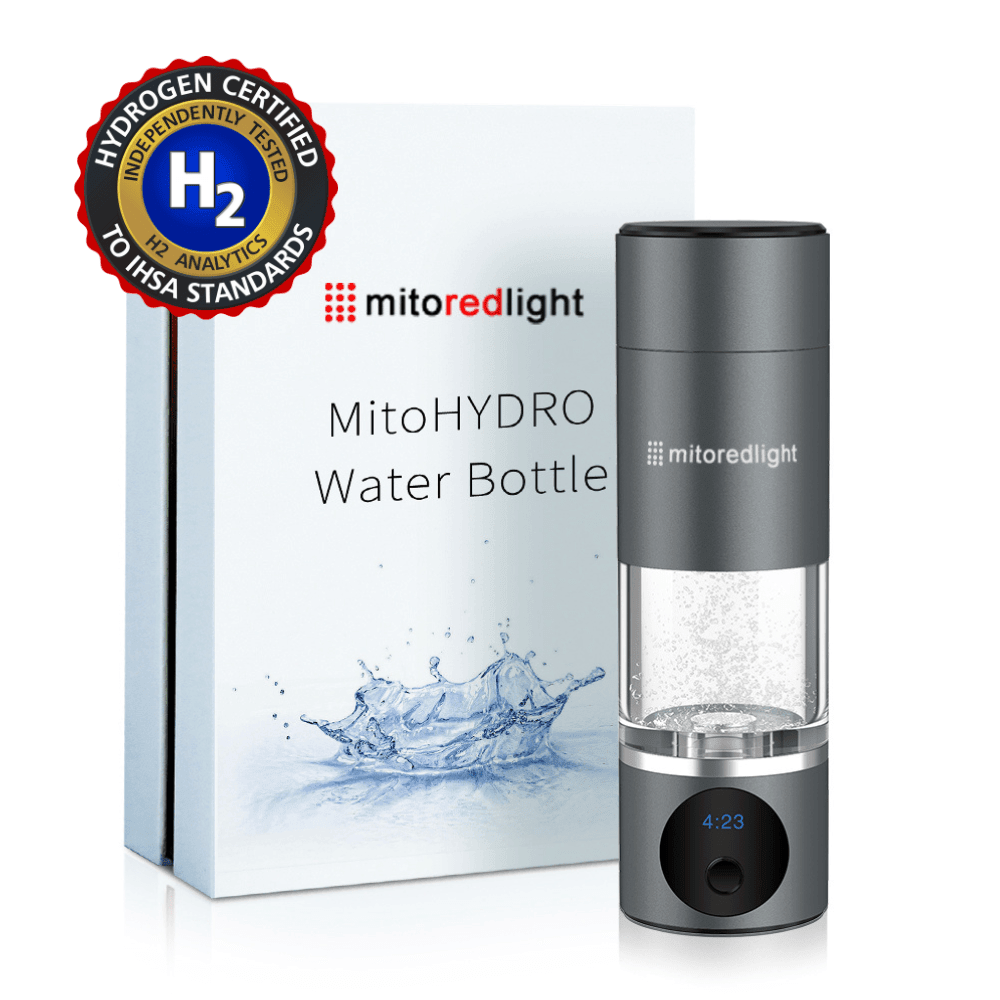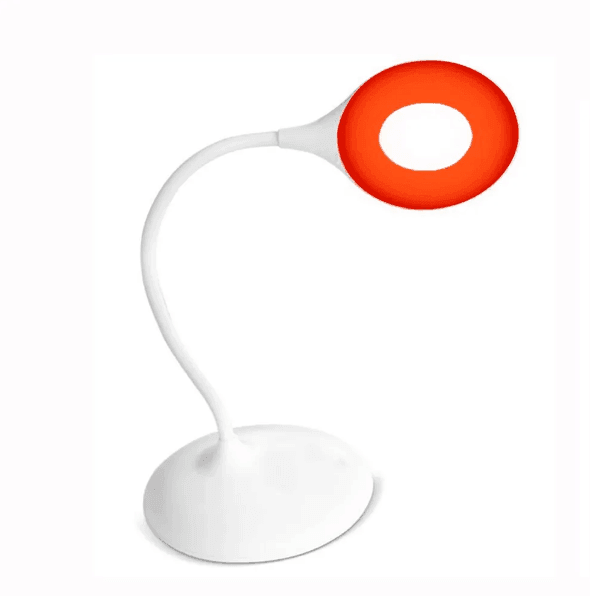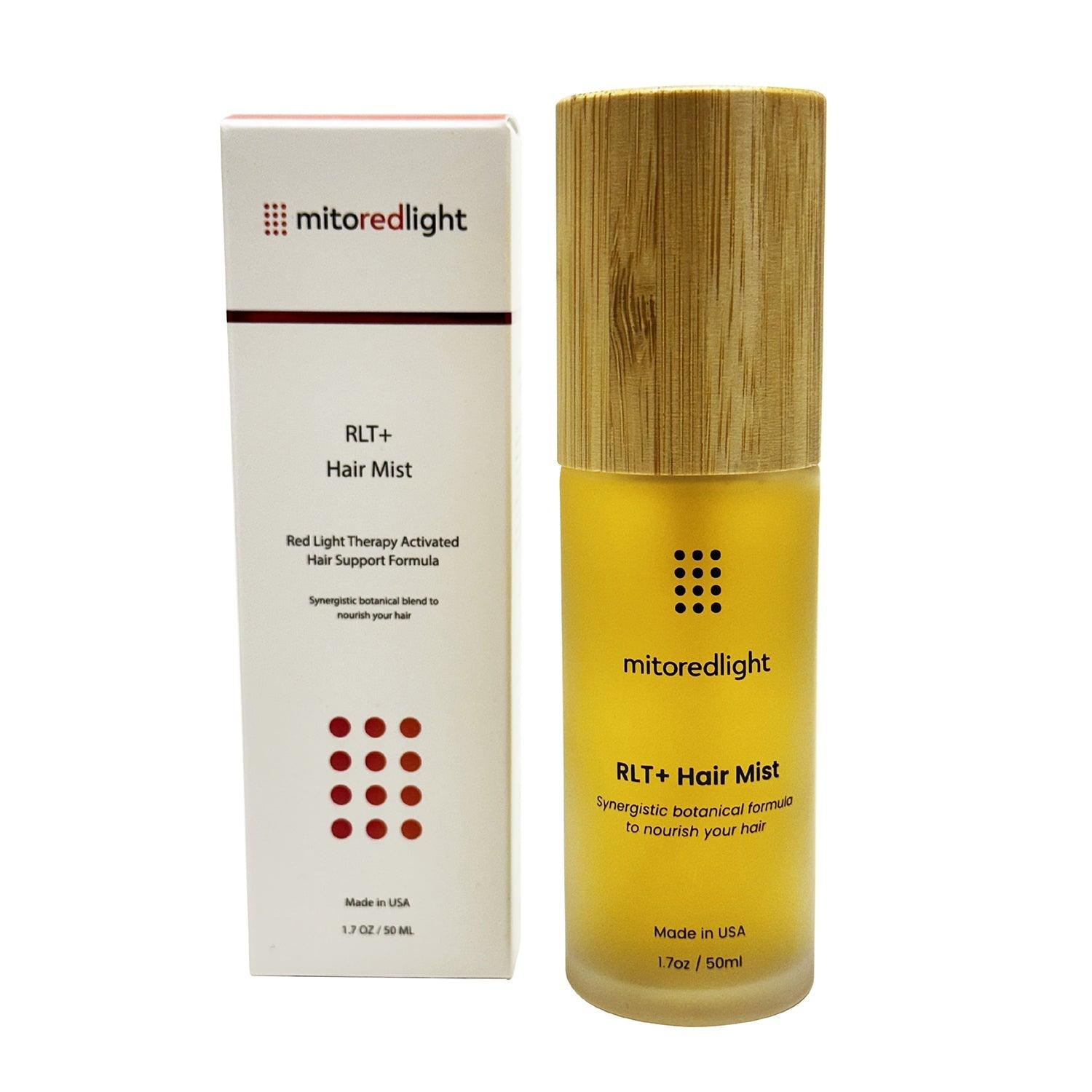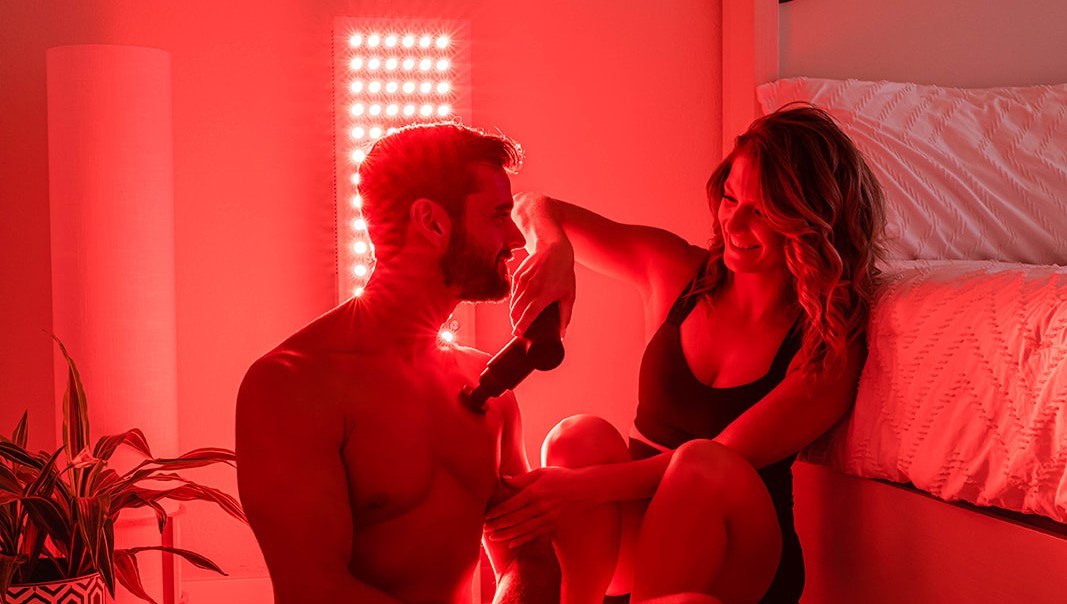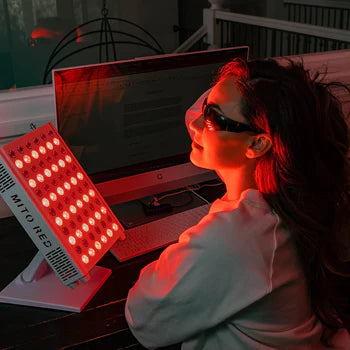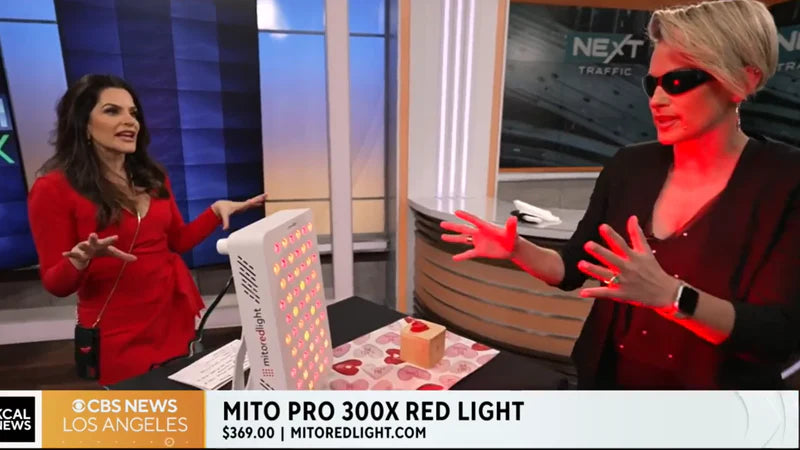Mito Red Light Blog
Explore our Informative Health and Wellness Blog Posts Today.

The History and Evolution of Blue Light Therap
DISCLAIMER: Mito Red Light devices are not clinically proven to diagnose, treat, cure, or prevent any medical conditions. Mito Red Light...
View Article

Why Do Some People Not Respond to Red Light Therapy?
DISCLAIMER: Mito Red Light devices are not clinically proven to diagnose, treat, cure, or prevent any medical conditions. Mito Red...
View Article

Are LED Lights “Bad”?
DISCLAIMER: Mito Red Light devices are not clinically proven to diagnose, treat, cure, or prevent any medical conditions. Mito Red Light...
View Article

Red Light Bed Buyers Guide
Red light therapy beds have become a popular new solution for home and commercial users who want a premium, full-body...
View Article

Structured Water and Red Light: Enhance Your Hydration
DISCLAIMER: Mito Red Light devices are not clinically proven to diagnose, treat, cure, or prevent any medical conditions. Mito Red...
View Article

Enhance Your Red Light Therapy with Minerals
Enhance Your Red Light Therapy with Essential Minerals Red light therapy is a powerful tool for reducing inflammation and boosting...
View Article

Biohacking Your Circadian Rhythm With Light Therapy in Your Ears
Optimize Your Sleep and Energy with Bright Light Therapy Struggling with poor sleep, low energy, or mood swings? Your circadian...
View Article

Independent Third-Party Testing
At Mito Red Light, transparency and performance are at the core of everything we do. That’s why we invest in...
View Article

Might Red Light Therapy Help Fight Brain Fog?
DISCLAIMER: Mito Red Light devices are not clinically proven to diagnose, treat, cure, or prevent any medical conditions. Mito Red...
View Article

Red Light Therapy and Fertility
The study of the use of red light therapy to help with infertility is still in its early stages of...
View Article

8 Things to Consider When Choosing the Perfect Red Light Therapy Mask
DISCLAIMER: Mito Red Light devices are Class II wellness devices aimed at affecting the body through topical heating and supporting cellular...
View Article

8 Benefits of Choosing Red Light Therapy at Home
DISCLAIMER: Mito Red Light devices are Class II wellness devices aimed at affecting the body through topical heating and supporting cellular...
View Article
